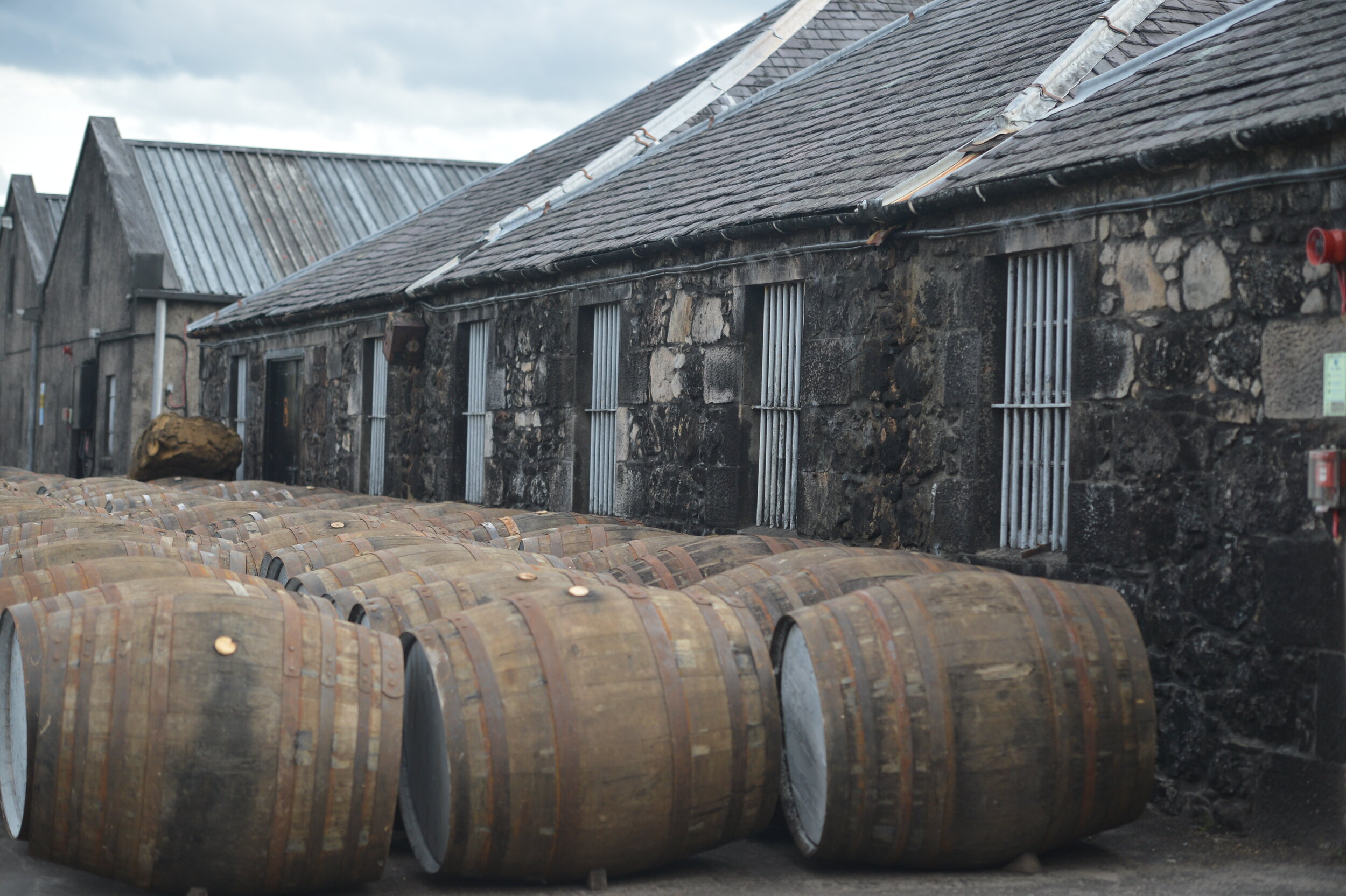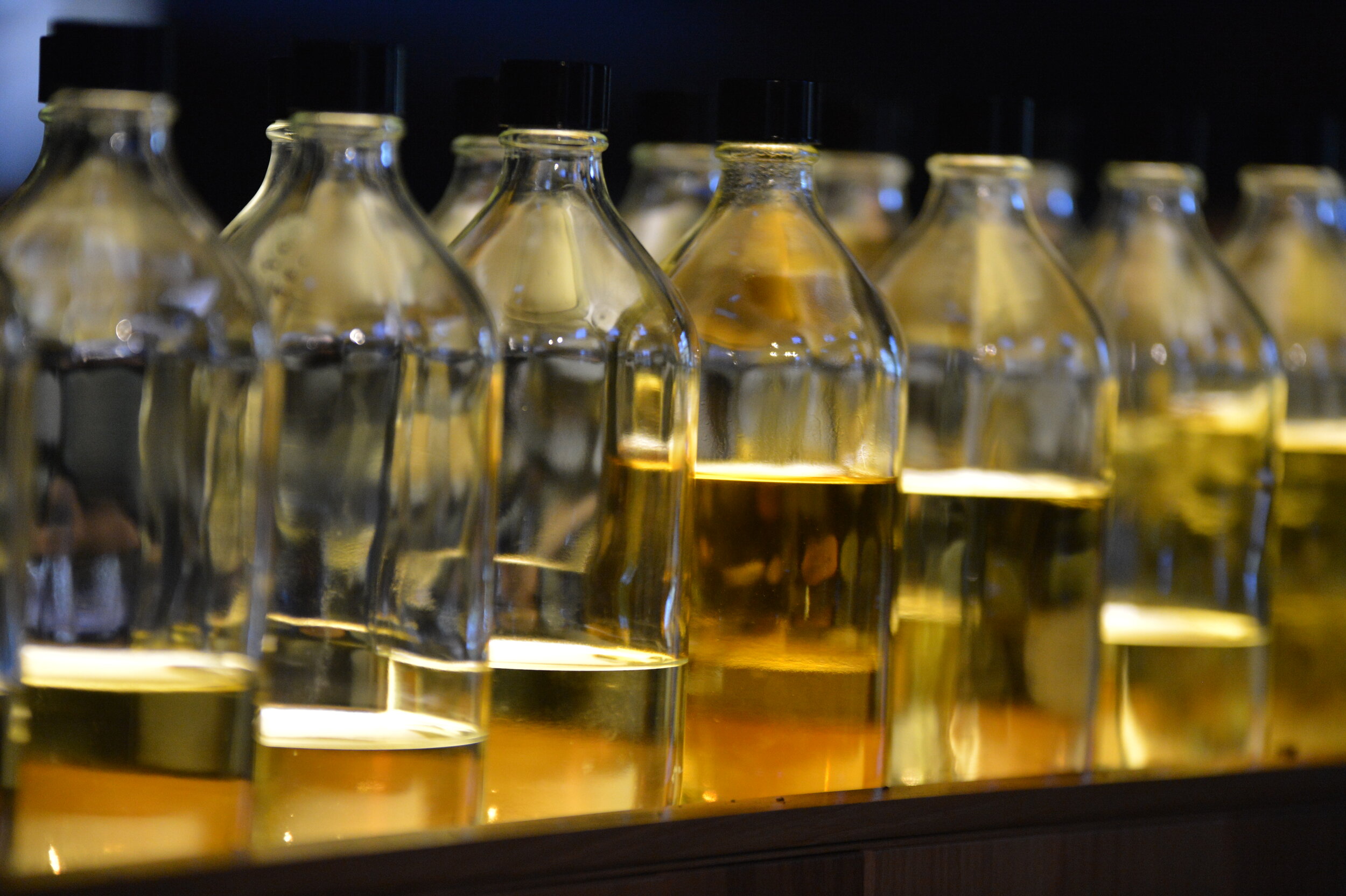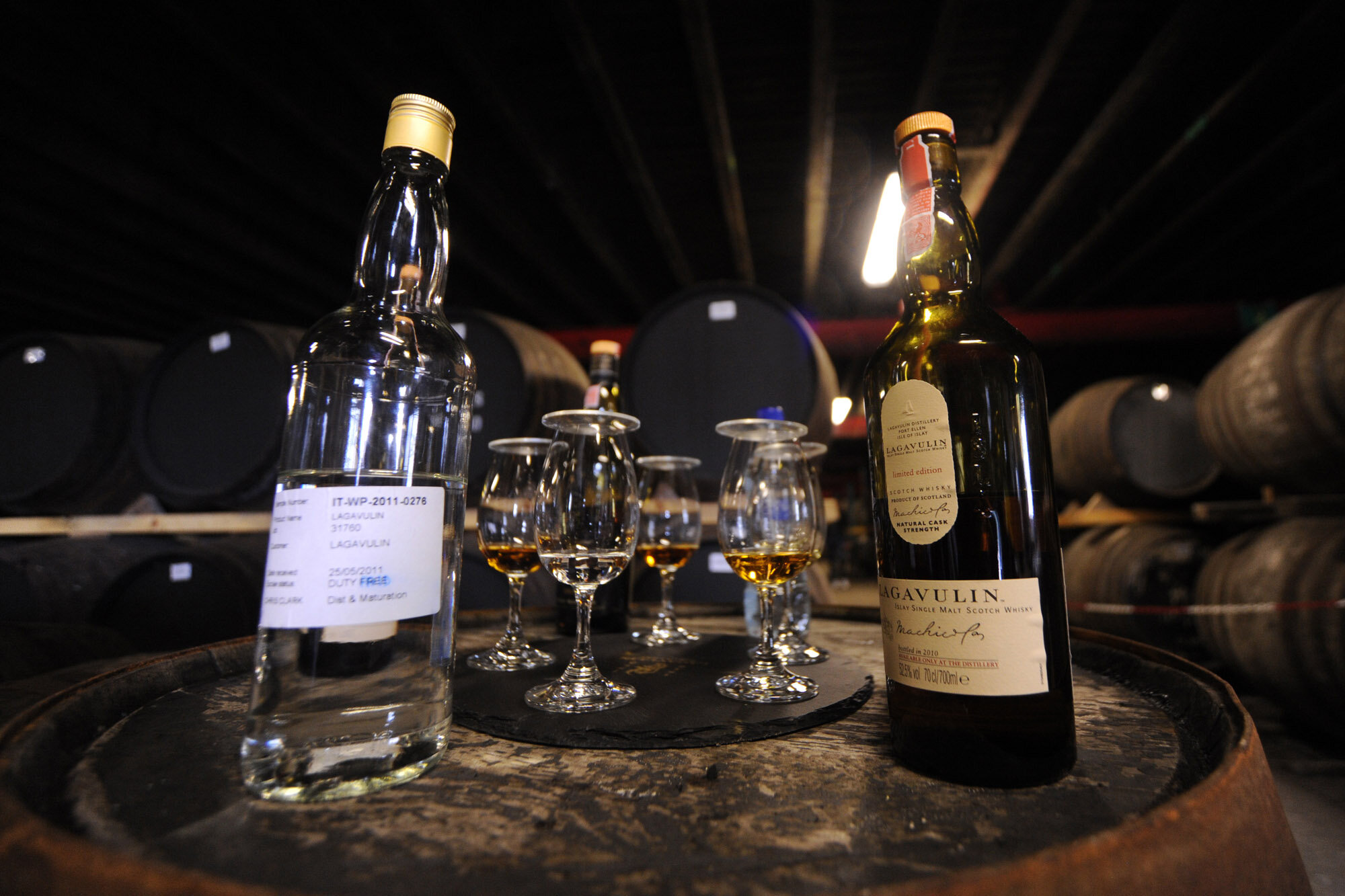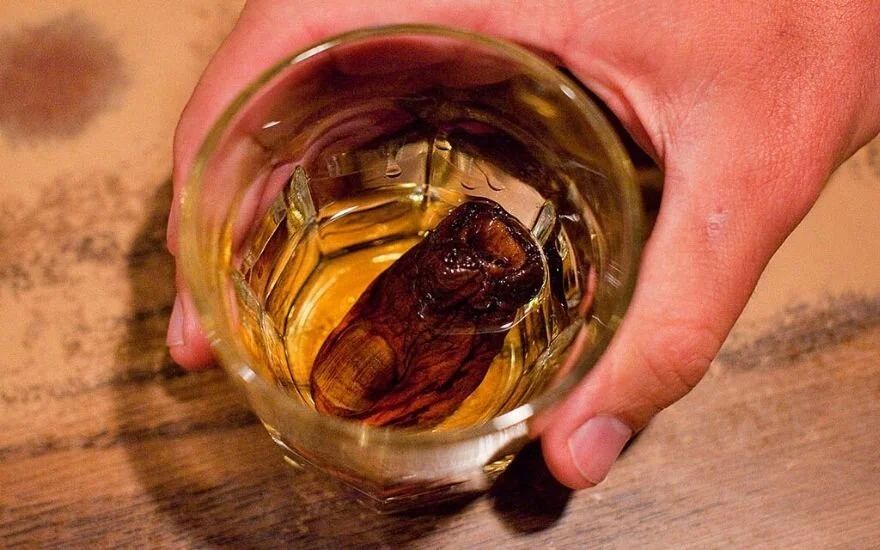Macallan have an extensive range and sitting at the core of the range are three twelve year old whiskies which all have a different twist on the core flavour that makes up Macallan. With these different flavours, it makes them ideal to compliment the three most made whisky cocktails. Not everyone is well versed in making cocktails and it’s easy to forget the simplest of ingredients if you are not using them regularly. Here we lay out the ingredients and method for making three classics which, once mastered, will give you and your friends endless, delicious pleasure.
The Old Fashioned
Old Fashioned
Ingredients
Pinch of brown sugar
1 strip of orange peel
Splash of water
2 drops of bitters
50ml of Macallan 12 year old sherry cask
For this classic cocktail we would suggest the Macallan 12 year old Sherry cask. Classic cocktails, plus classic Macallan is the perfect mix. This cocktail lets the whisky shine, with little other ingredients to get in the way of all that Christmas cake flavour, this cocktail is brilliant, especially if you like soft spices and sweetness all balanced and warming.
Method: Place the sugar, orange peel, water and bitters in a tumbler and muddle (crush gently with the back of a spoon). Fill the glass with ice and add the whisky. Stir, and garnish with a maraschino cherry.
Tip: If you pour in the bourbon bit by bit allowing it to chill slowly and soak up the flavours of the bitters and sugar without diluting quickly, the experience will be more intense.
Whisky Sour
Whisky Sour
Ingredients
50ml of Macallan 12 year old Triple Cask
25ml of lemon juice
Splash of water
Pinch of sugar
The whisky sour is probably the simplest of the whisky cocktails beyond a highball. To balance the lemon you need a whisky which isn’t going to let the lemon take over and also helps with some complexity. We think the Macallan 12 year old triple cask does the trick. With its mix of European and American oak ex sherry casks and American ex bourbon casks, there is plenty of complexity and smoothness to balance the bitterness of the lemon.
Method: Simply place the ingredients in a tumbler filled with ice, stir, and garnish with a maraschino cherry.
Tip: Put the sugar in bit by bit after the other ingredients and taste as you do so to get the cocktail to just the right level of sour sweet balance for you.
Rusty Nail
Rusty Nail
Ingredients:
3 parts Macallan
1 part Drambuie
This cocktail is one of Colin’s favourites. It’s the simplest to make and is like an iron fist in a velvet glove. It is all alcohol so be careful with this one, but it is also a real sweety. If you like sugar and spice and all things nice, then this is definitely for you. We like the Macallan double cask for this one as the mix of ex sherry casks and ex bourbon casks can really shine through with just one other ingredient in the glass.
Method: Combine the ingredients in a cocktail shaker with ice, shake vigorously, and pour.
Tip: Make sure to fill the cocktail shaker with ice. The more ice will actually create less dilution, and chill the cocktail more quickly.
Macallan 12 Triple Cask: UK £125 // US $74.99
We hope this article helps clear the memory blank and keeps your cocktail enjoyment ticking along. For more Macallan check out Helena’s ‘Mac-Hattan’ for a great twist on the American cocktail.





















































